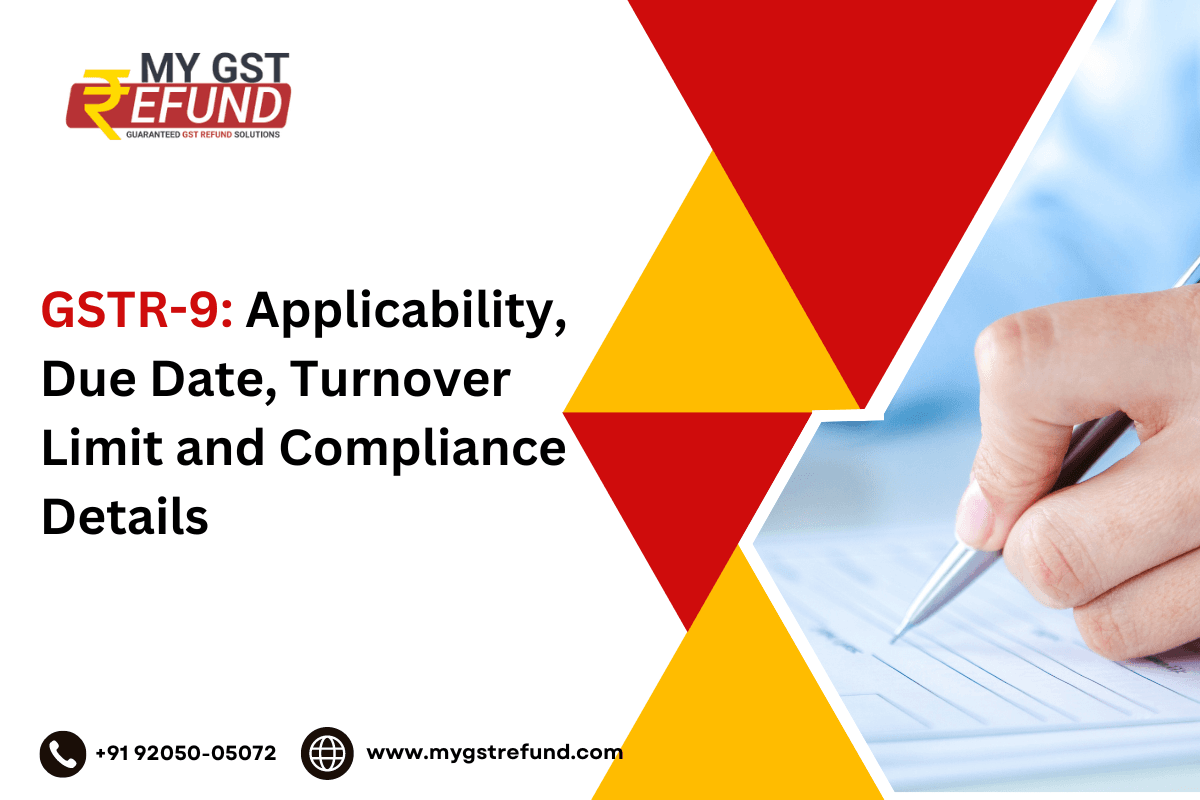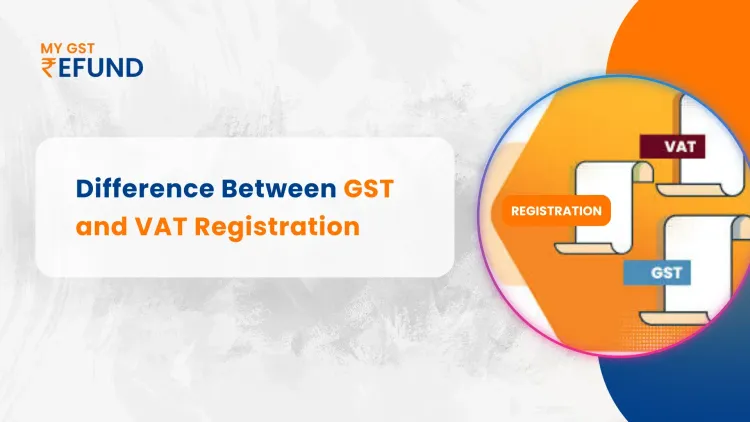GSTR-9: Applicability, Due Date, Turnover Limit, and Compliance Details
Published on: Thu Dec 07 2023
What is GSTR-9?
GSTR-9 is an annual return that taxpayers registered under GST must file. It consolidates the details furnished in monthly/quarterly GST returns throughout the financial year. Essentially, GSTR-9 provides a comprehensive overview of the taxpayer's financial transactions, tax liability, and input tax credit (ITC) availed and utilized.
GSTR-9 Due Date
The due date for filing GSTR-9 is January 31st of the year following the financial year for which the return is being filed. For instance, the due date for filing GSTR-9 for the financial year 2022-23 is January 31st, 2024.
GSTR-9 Turnover Limit
The turnover limit for filing GSTR-9 is ₹2 crore. Taxpayers with an aggregate turnover of up to ₹2 crore are not required to file GSTR-9. However, they can file GSTR-9A, which is a simplified annual return.
Also Read: GSTR-1 – Return Filing, Format, Eligibility & Rules
GSTR-9 Applicability
GSTR-9 is applicable to all registered taxpayers under the GST regime, except those with an aggregate turnover of up to ₹2 crore. This includes:
Normal taxpayers
Casual taxpayers
Composition taxpayers
Non-resident taxpayers
GSTR-9c Due Date
GSTR-9c is a reconciliation statement that must be filed along with GSTR-9. It reconciles the details of transactions reported in GSTR-1, GSTR-3B, and GSTR-2A with the details of transactions reported in GSTR-9. The due date for filing GSTR-9c is the same as the due date for filing GSTR-9, which is January 31st of the year following the financial year for which the return is being filed.
GSTR-9 Instructions
Detailed instructions for filing GSTR-9 can be found on the GST portal. The instructions provide a step-by-step guide on how to fill out the various sections of the return and submit it online.
The official website for GST-9 instructions is the Goods and Services Tax (GST) Portal: https://www.gst.gov.in/
GSTR-9 and 9c
GSTR-9 and GSTR-9c are complementary forms. GSTR-9 provides a detailed overview of the taxpayer's GST transactions, while GSTR-9c reconciles these transactions with the details reported in other GST returns.
GSTR-9 Format
GSTR-9 is a complex form and consists of various sections, including:
Summary of sales and purchases
Details of purchases from unregistered persons
Details of exports
Details of imports
Input tax credit reconciliation
Tax payment details
Also Read: GSTR-2B Guide: Features, Benefits and How to Use
GSTR-9 Late Fee Maximum
The late fee for filing GSTR-9 after the due date is ₹100 per day, subject to a maximum of ₹20,000. This means that even if you are late for several days, the maximum late fee you will be charged is ₹20,000.
Here's a breakdown of the late fee calculation:
Late fee per day: ₹100
Maximum late fee: ₹20,000
For example, if you are 60 days late in filing GSTR-9, the total late fee you will be charged is ₹6,000 (₹100/day * 60 days). However, since the maximum late fee is ₹20,000, you will only be charged ₹20,000.
It's important to note that the late fee for filing GSTR-9 is separate from any interest that may be charged on any outstanding tax liability. Interest is calculated at the rate of 18% per annum on the outstanding tax liability from the due date of the return until the date of payment.
To avoid penalties and interest charges, it's essential to file GSTR-9 on time. The due date for filing GSTR-9 is January 31st of the year following the financial year for which the return is being filed.
Related Posts





